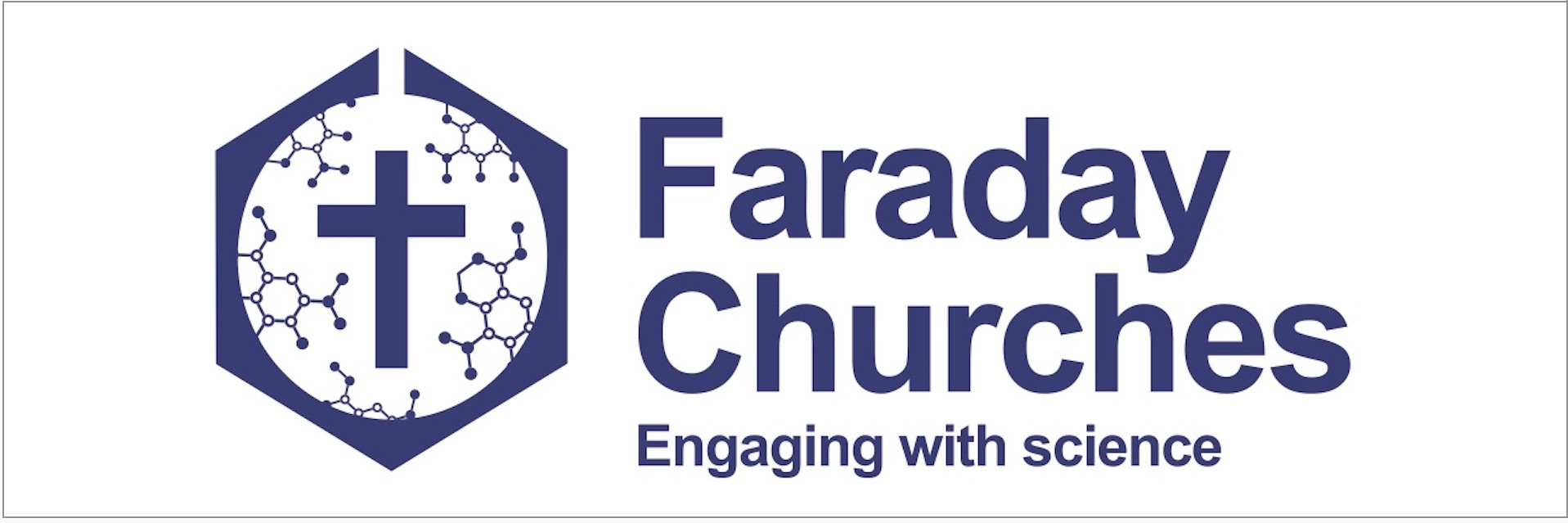Ray Kurzweil, futurist, author, and director of engineering at Google, has ambitious plans to create computer copies of human brains by 2045. He teamed up with a Russian entrepreneur to found the 2045 Strategic Social Initiative, which promises ‘the transfer of a individual’s personality to a more advanced non-biological carrier, and extending life, including to the point of immortality’. At the Faraday Institute summer course last month, Noreen Herzfeld explained why she thinks developing a synthetic copy of the human brain is impossible.
Herzfeld is Professor of Theology and Computer Science at St John’s University, Minneapolis, and she thinks that a brain model would have reduced capabilities compared to a human brain in a human body. The example of memory show that computers simply do not function in the same way that humans do.
Human memory is multi-layered, partial and necessarily fallible. An example of the multi-layered nature of memory is Marcel Proust’s description of eating a madeleine cake that evoked a rush of childhood memories. As he ate, tasting butter and lemon, he was reminded of childhood pleasures: the house where he lived, the streets he played in, and the gardens he enjoyed. These linkages between sensation and memory are unintentional, almost accidental, but are an essential part of our lives.
Memory is fallible, which is inconvenient for police trying to reconstruct the scene of a crime, but this fallibility is part of who we are. We forget things that were unpleasant, and remember things that are relevant to our day-to-day lives. ‘Outsourced memories’ in photographs help us to remember, but they can’t give us the full picture. We store our impressions of events in our memories, and what is remembered depends on what is already there. When we recollect memories we reprocess them, then tuck them away altered. This process is helpful for someone who is recovering from a traumatic event, and for students revising for an exam. Depression is marked by a remembering of too much: too many unpleasant incidents.
Computer memory, on the other hand, is large, static, and easily navigable. It has already – through emails and social media – ‘made the ephemeral enduring’. For those of us who use computers extensively, our personal memories are altered. I remember some thing because I have a record of it, and forget others because I gave it to my computer to remember. It is also corruptible, so after a hard drive crash we fall back to rely on our internal, neuronal memories. Did I store anything there?
Computers also use memory in completely different ways to us. Deep Blue beat chess grand master Garry Kasparov by using the brute force of a large memory to compute all the possible moves in advance. Do we want to operate that way?
Our fallible memories help us to forgive, to let things go, to remember the good and forget the wrong that people have done. Our lives are a continuous story with all the important parts remembered, not a scrapbook of everything that ever happened to us. Some memories are tucked away deeply and physical cues, like a madeleine, remind us of some forgotten pleasurable experience. New experiences are not crowded out by memories of old ones, and we cannot predict what will happen so we give it a go.
I’m convinced by Noreen’s argument, but if total outsourcing of memory is clearly undesirable, how much do I want to know?





